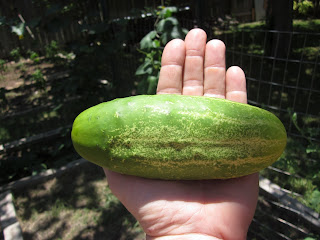
I finally did what I said I wanted to do for 2 years now. I got chickens. At the end of last year I mentioned to a friend that has chickens that I wanted to build a coop. She flatly said, “Alan and I can help” and the following few days we set posts, stapled chicken wire down, handcrafted a special hutch to close them up at night, built a roost and fabricated a coop door. I was amazed at how quickly the process created the coop. After 3 days of intense hands-on activity, filled with espresso and on the spot design decisions my friends were off to Boston for the new year and I was left with an almost finished coop minus the tin roof that I had just ordered and the hinged door to the coop that I was planning on building alone.
Looking back, I realize that my reluctance on building the coop was not my indecision on whether or not I wanted the responsibility of chickens, but it was based in my belief that “I” could not build one. Clearly I did not build one on my own, but with the help of my ingenious friends, I gained the confidence that I was capable of learning how to build one.
Now I am no stranger to power tools, but it was that one tool that is a must for do-it-yourselfers that scared me off. Not the cordless drill, but the skill saw. In my shop at school, I use band saws, rotary arms saws and table saws, no problem; they are attached to the floor. But, the skill saw really frightened me. There is something about a whirling blade with metal teeth spinning that makes me uneasy. Well, I’m over that now.
I finished the coop myself, attaching the tin roof and creating the hinged door with latch one afternoon. The following day, my daughter and I went to Calahan’s, a local feed store, and picked out 4 teenage girls, or pullets, as they are known. We brought Adele, Lady, Gaga and Buffy to their new home. The breeds are an Ameraucana, Cuckoo Maran, Barred Rock, and a Buff Orphington, respectively. Unfortunately Adele developed a prolapsed ovarian duct during a terrible cold spell in January and died. We replaced her with Pandora and Penelope, an Ameraucana and Araucana.
Since the initial coop building, I added a run so I could introduce the two new birds to the flock. The girls love the space and three out of five are now laying a beautiful variety of beige, tan and brown eggs. The new girls should lay in a month or so, both greenish blue eggs.
Gotta love that life with Chickens.












